Breakdancing is probably not the first sport that comes to mind when people think of the Olympics. In fact, many people only became aware of breakdancing through videos posted online, especially the recent viral videos of Australian breakdancer Raygun competing in the 2024 Olympics.
“I watched short videos on Tiktok,” said Upper School dance teacher Ms. Sasloglou. But, like many others at Carrollton, Ms. Sasloglou preferred watching other sports. “I watched gymnastics and swimming mostly,” she said.
Breakdancing might be entertaining, but many wonder whether the breakdancing performances in the 2024 games can compare to watching a 100-meter sprint or Simone Biles perform The Biles II on the vault.
Breakdancing is an energetic, acrobatic style of street dance that started in the 1970s in The Bronx, New York. It is characterized by its spontaneous moves, raw energy, and stylized footwork. Breakdancing began to to be incorporated into international competitions in the 1900s and was added to the 2024 Olympic Games as “breaking.”
In the Olympic Games, breakdancers are scored on personal style and creativity. It is difficult to standardize it because it is as much about articulation as it is about athleticism. This is different from other Olympic sports that are evaluated using a specific set of criteria. Runners are assessed by their speed, swimmers by their time, and gymnasts by their difficulty and execution level.
Some worry that including breakdancing in the Olympic Games where sports have rigid structures and formal judging, will cause breakdancing to lose the improvisational, spontaneous spark that makes it so unique.
However, others believe that including breakdancing could be good for dance as a sport overall. “When I argued whether dance was a sport or an art, people would always reply by saying that it wasn’t a sport because it was not in the Olympics,” said Ms. Sasloglou. “Therefore, I do think this was a good start to show that dance has the athletic agility of other sports.”
Because there is no completely objective way to measure one dancer against another, Ms. Sasloglou argues that dance should be considered an athletic art. This is because there is no set technique or definition of a “good” dancer since everyone has different talents and forms to express themselves.
As Ms. Sasloglou puts it, “Dancing is judged on certain things like technique, precision, execution, showmanship, and overall impression, so it is easy to get judged on, but the only hard thing to judge upon is the artistry because there are different cultures around the world, so it’s sometimes difficult to compare.”
To qualify for breakdancing in the Olympics, individuals could either secure a slot in the 2023 World Championship, the Continental Games, or the Olympic Qualifier Series. “I have seen crazy breakdancing, and I feel like in the Olympics they didn’t have a very good representation of very good breakdancing,“ said Ms. Sasloglou. “It felt like a lot of the talent wasn’t represented.”
Perhaps this was because of very difficult requirements for qualification, suggested Ms. Ordonez. The Olympics breaking competition is limited to a specific number of athletes (16 B-Boys and 16 B-girls). Qualifying events also typically require the athletes to cover their expenses for travel, entry fees, and accommodations, so many times athletes with the best talent aren’t able to even attend these qualification events.
According to USA Today, it is unlikely that breakdancing will be a part of the Los Angeles 2028 Olympic Games or return to any Olympic Games in the future. However, five new sports, including flag football, baseball/softball, cricket, lacrosse, and squash will be debuted at the 2028 games. As the Olympic Games continue to move forward, the debate of which sports to include and which to eliminate will continue to be a recurring and complex discussion.

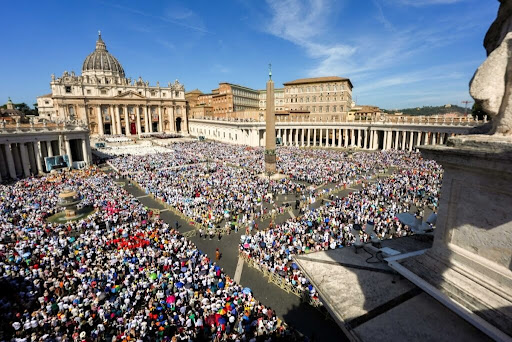















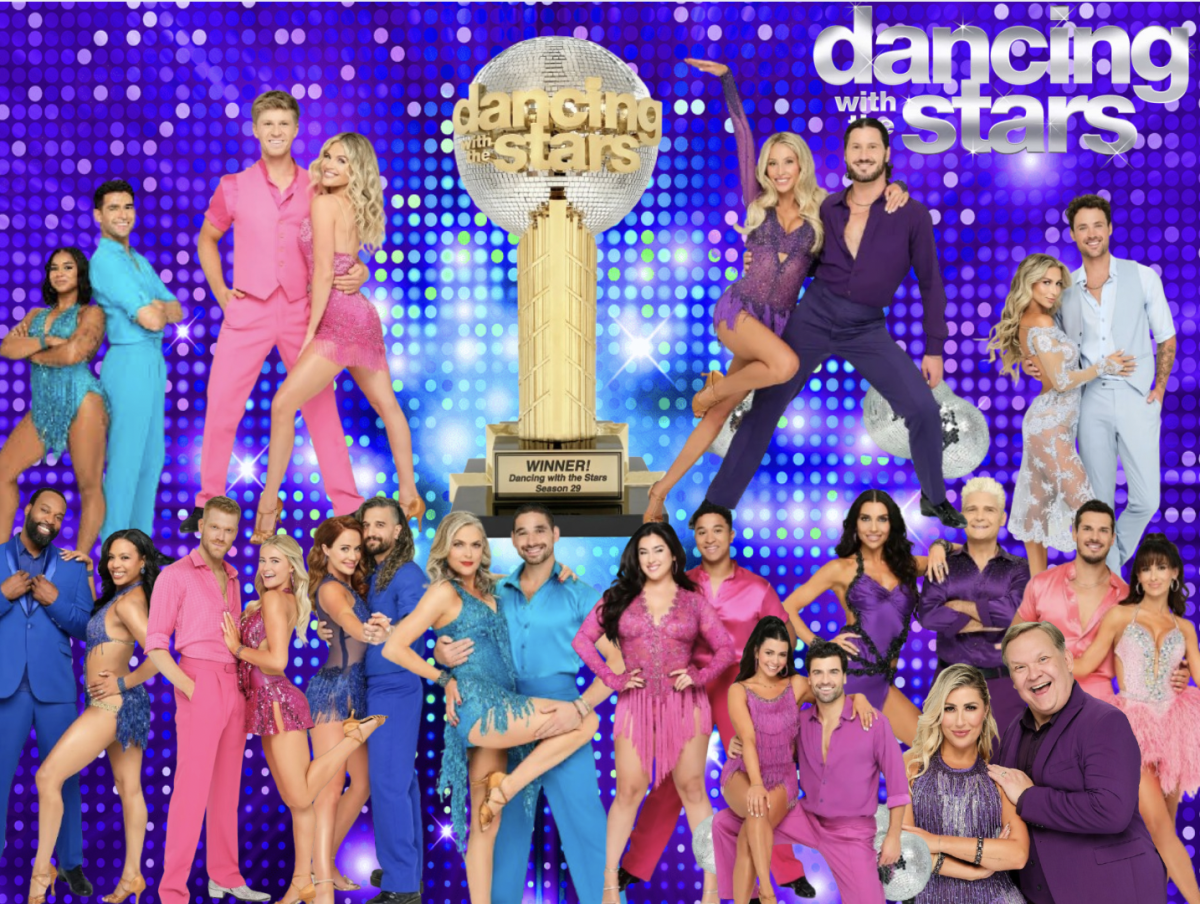
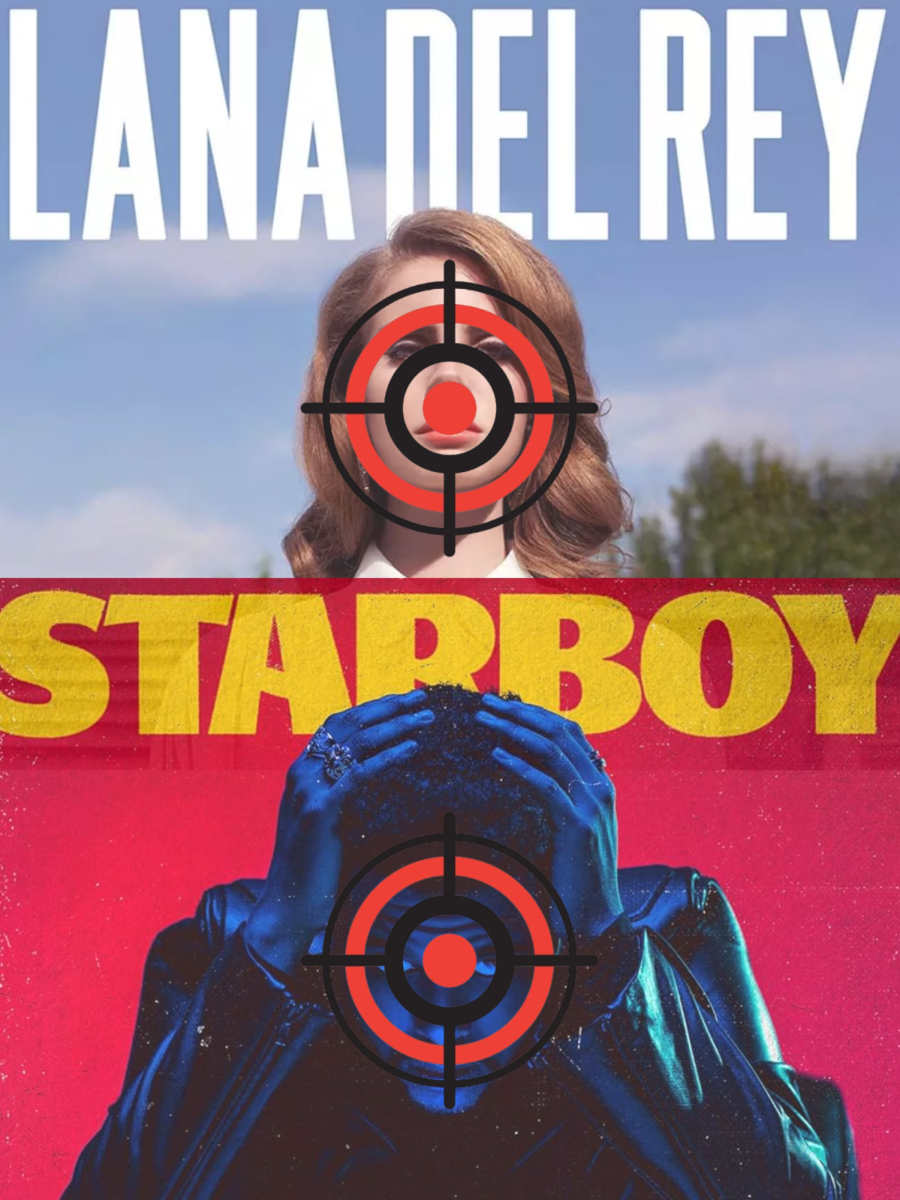



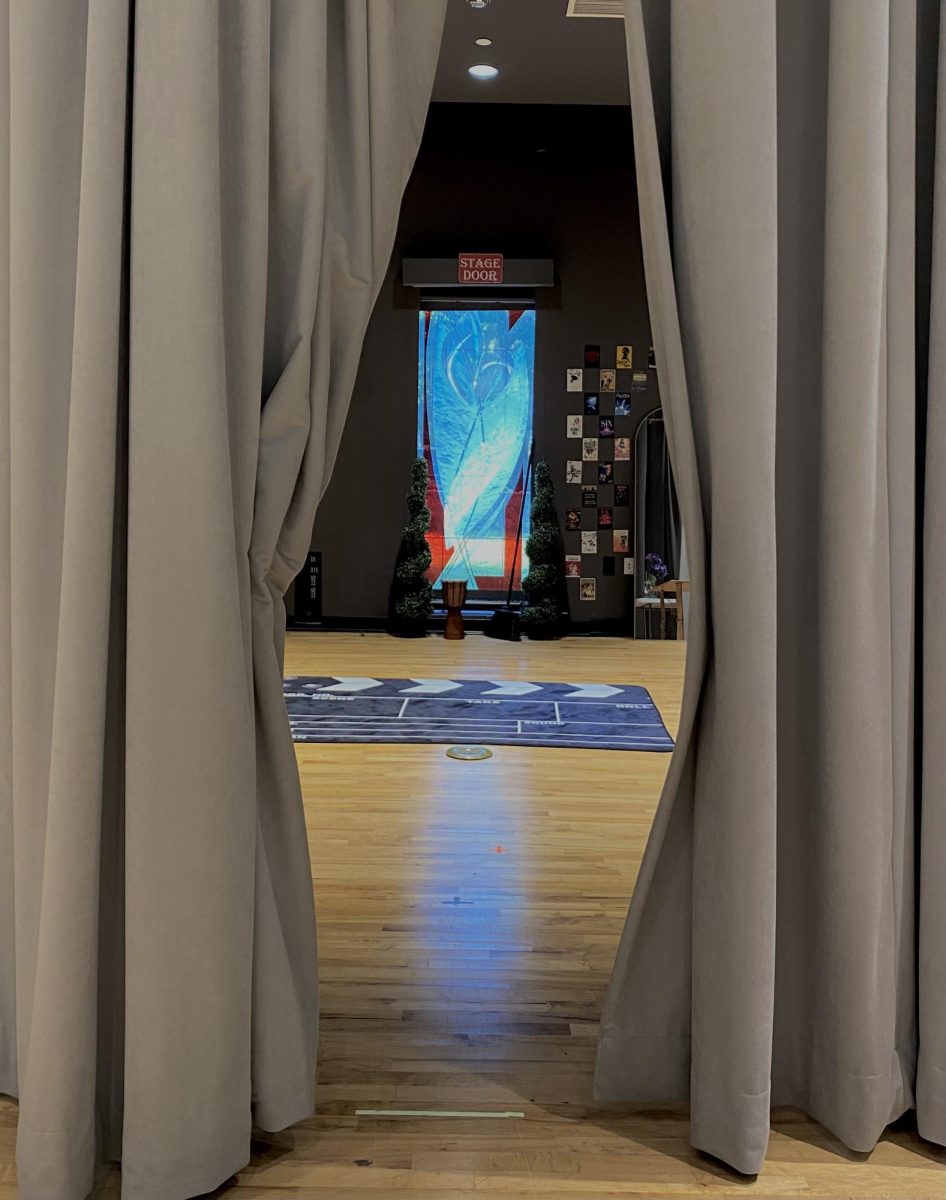




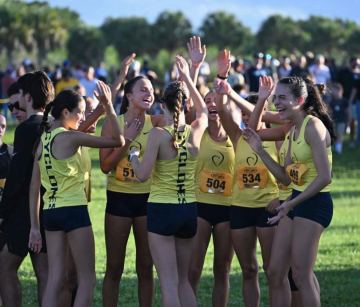

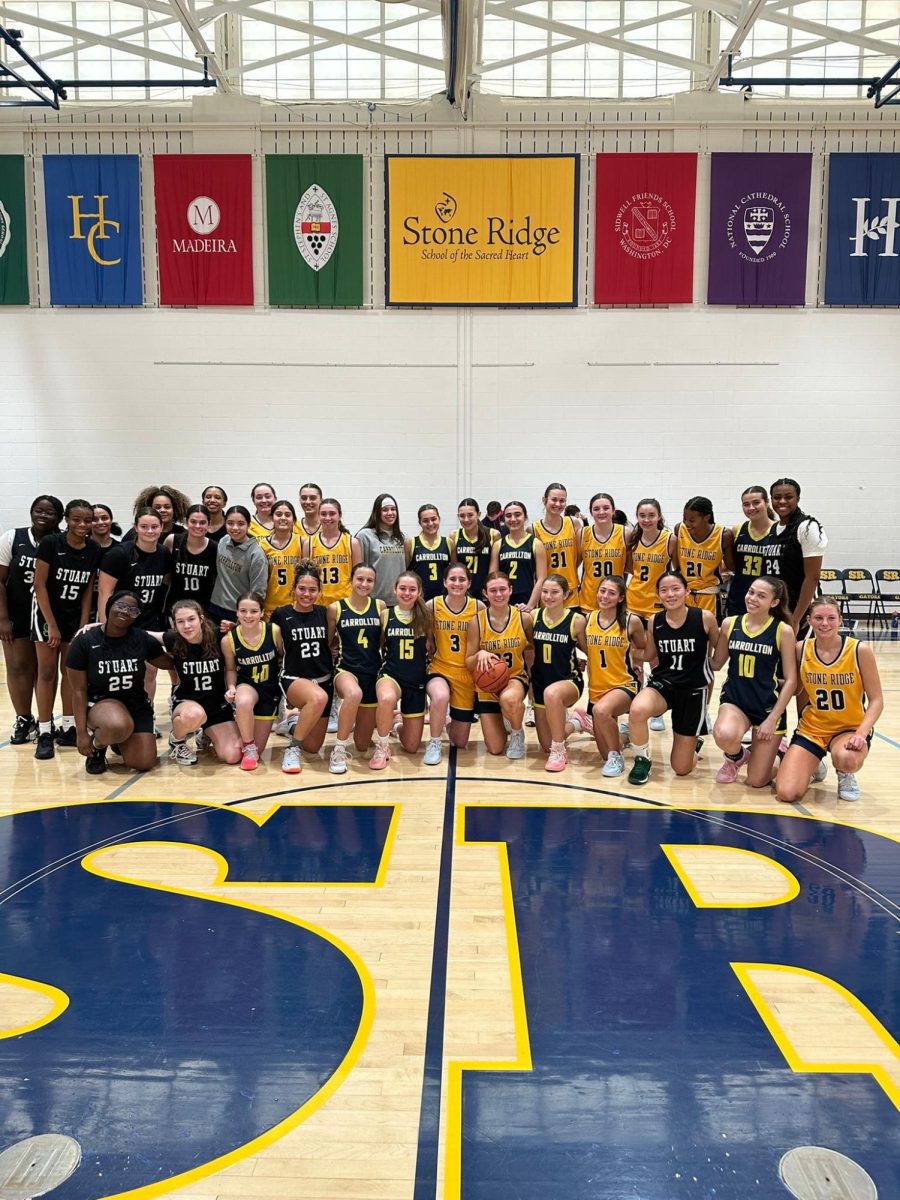
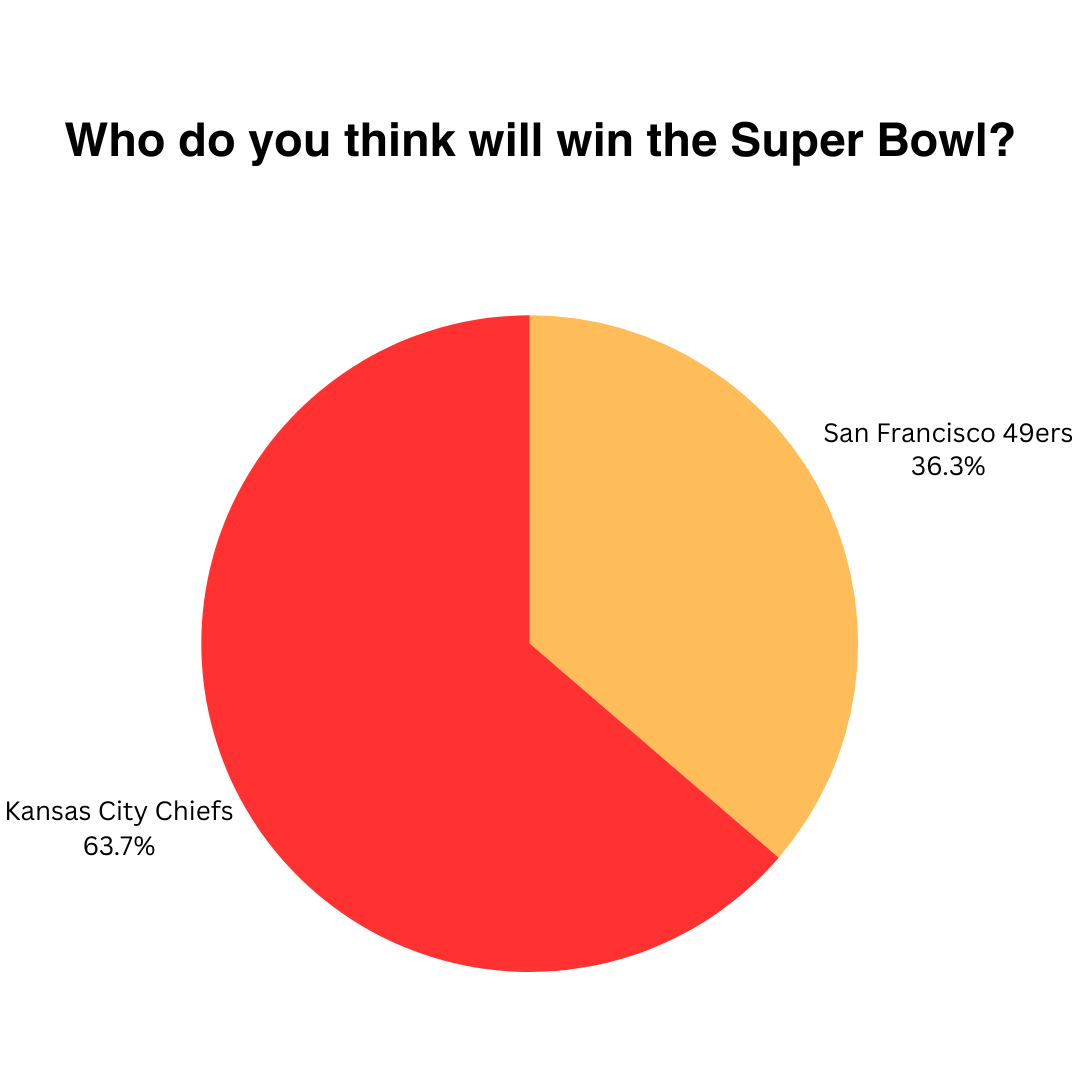
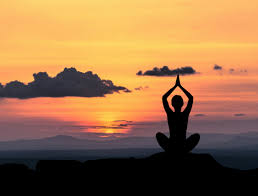




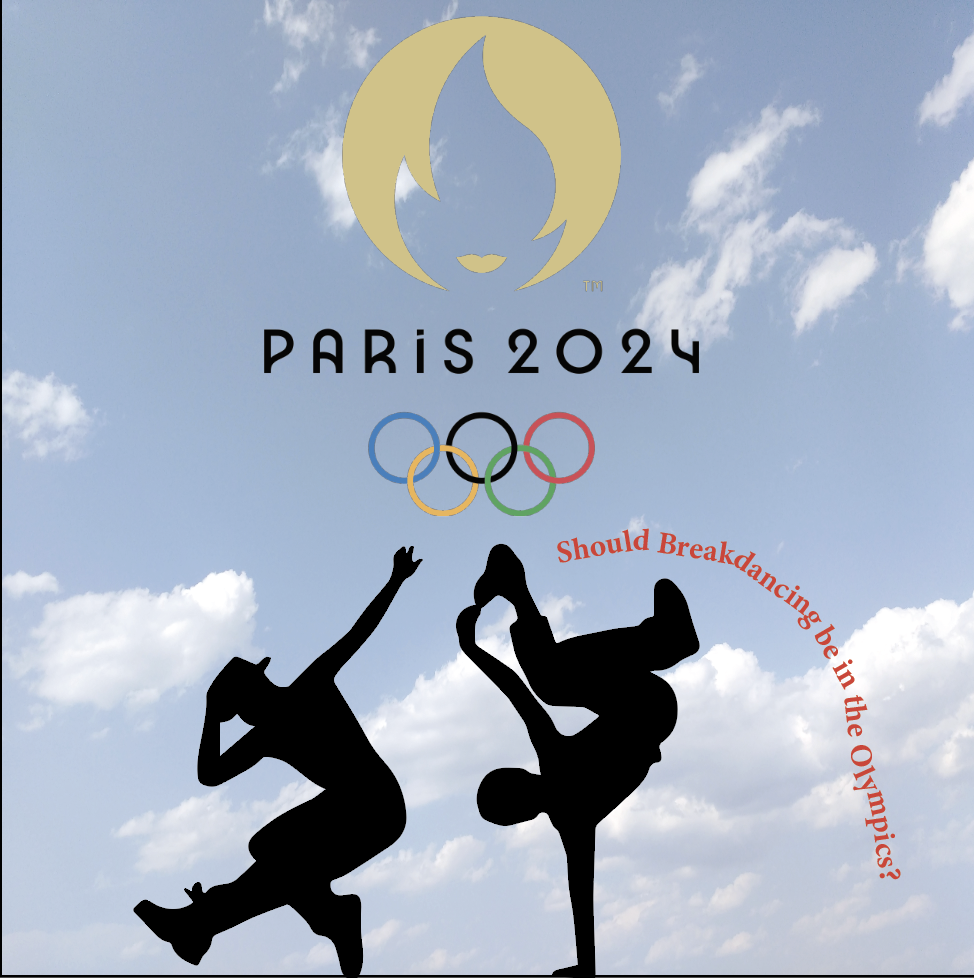


Sofia Barrera • Nov 16, 2024 at 6:59 pm
Such a well-written story! Amazing job, Gianna 🙂